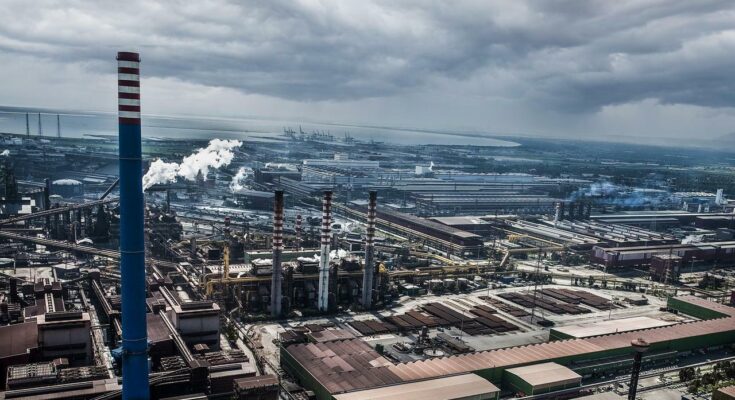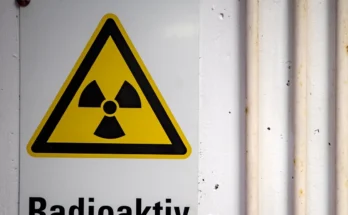Oxygen for former Ilva’s coffers which are getting worse. While labor protests continue, the government, by a special decree approved yesterday in the Council of Ministers, has released the remainder – 108 million – of the last bridge loan – authorized by the EU to guarantee the continuity of production of the steel group’s factories. It loses an average of between 2 and 3 million per day and currently has only one operational blast furnace.
For the record, 92 million has previously been or will be used for ordinary and extraordinary blast furnace maintenance, especially from an environmental point of view. The new 108 will be used to ensure the continuity of the remaining steel production and, most importantly, to carry out further work on other important structures such as the coke oven and belt train.
However, this liquidity injection is sufficient to maintain factory operations until the end of February 2026. After that, the government, commissioners and labor unions hope that a buyer will take over. In this regard, the same commissioner held a meeting with a delegation from the American Bedrock fund, one of the four entities that have shown interest in the entire perimeter of the steel group: it is expected that in December it will be able to submit a purchase proposal and an industrial plan to relaunch the former Ilva factory.
In the decision approved yesterday, the government also allocated 20 million for 2025 and 2026, which will be used to finance 75 percent of Cigs treatment integration and training courses from January 1 for 1,550 employees, who until last week seemed destined for layoffs. Consequently, this burden is no longer borne by the Acciaierie d’Italia, but is borne by the State. In the text there is also a green light to release the remaining funds intended to compensate for property damage in Tamburi district, in a “only partially acknowledged response to the previous year’s request”. Most importantly, this injection of liquidity allows the group to return to being a “solvent entity”. The condition is that the former Ilva can again request compensation and contributions aimed at energy-intensive entities: hence the discount on the Ets “bill” and emission quotas.
TENSION
So far the latest news is purely corporate. At the same time, the dispute between the government and the unions continues, after the commissioners changed their intervention strategy between shorter decarbonization times for the transition to electric furnaces, the construction of sites to make Dri, the iron reduction process in Taranto and, most importantly, less use of workers in the production process. After the failure of last Tuesday’s summit, yesterday the Ministry of Business and Made in Italy reconvened the parties on November 28. The union has stated that it wishes to discuss the file only at Palazzo Chigi and directly with Giorgia Meloni. There is a bit of controversy worth noting as initially Mimit only collected acronyms and local bodies from factories in the North. Regarding this, via Veneto clarified that it only accepts requests coming from that region.
However, tensions remain high. In Genoa yesterday workers moved the garrison after a meeting in the Prefecture. However, mobilization continues. On the same day, the Taranto steel plant – the largest of the group – was occupied, where workers also set up road blocks. Strikes also occurred at other former Ilva offices.
© ALL RIGHTS RESERVED



